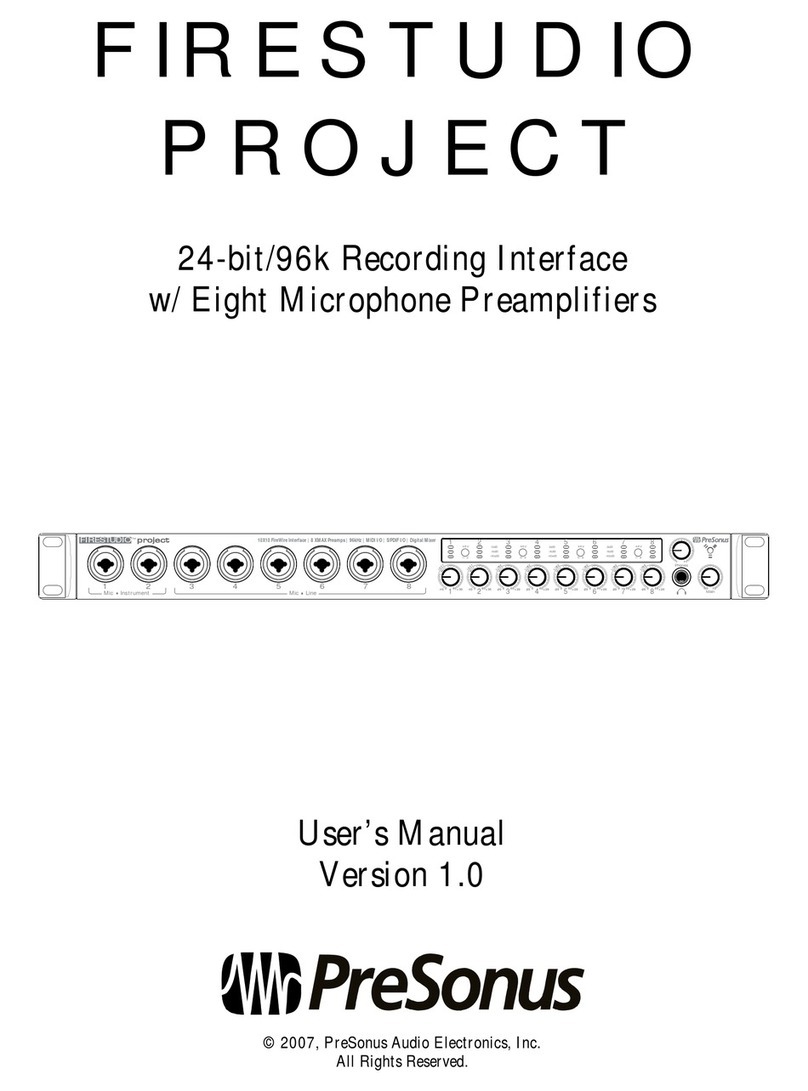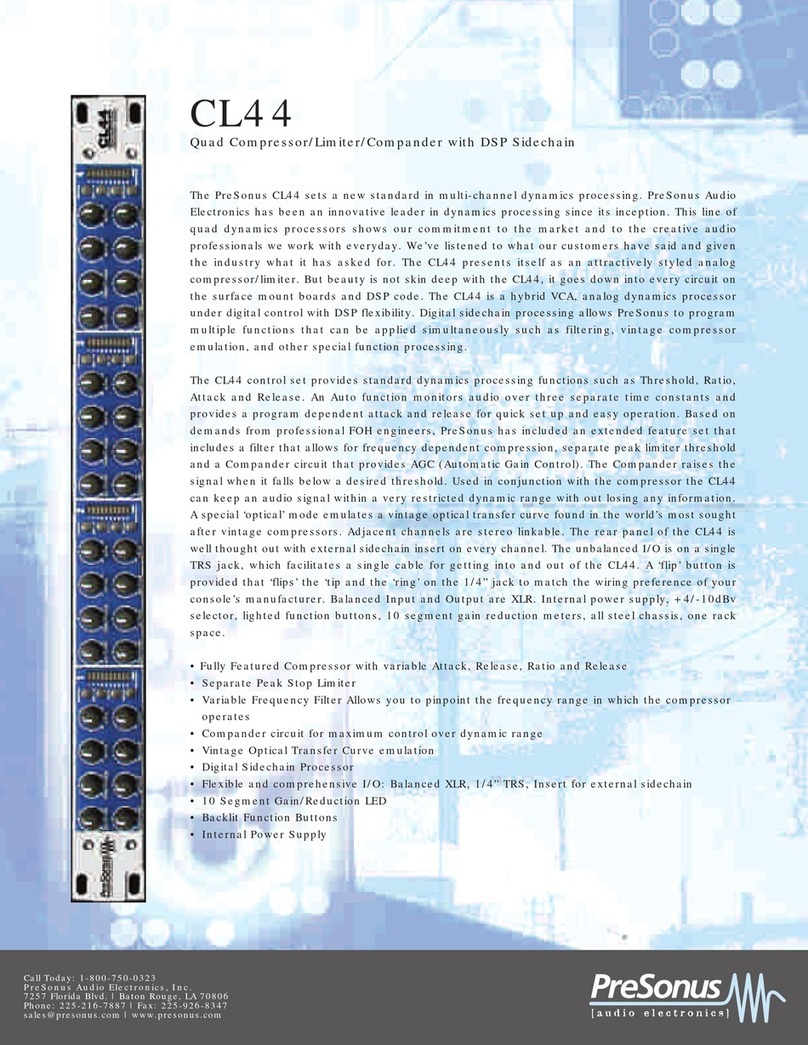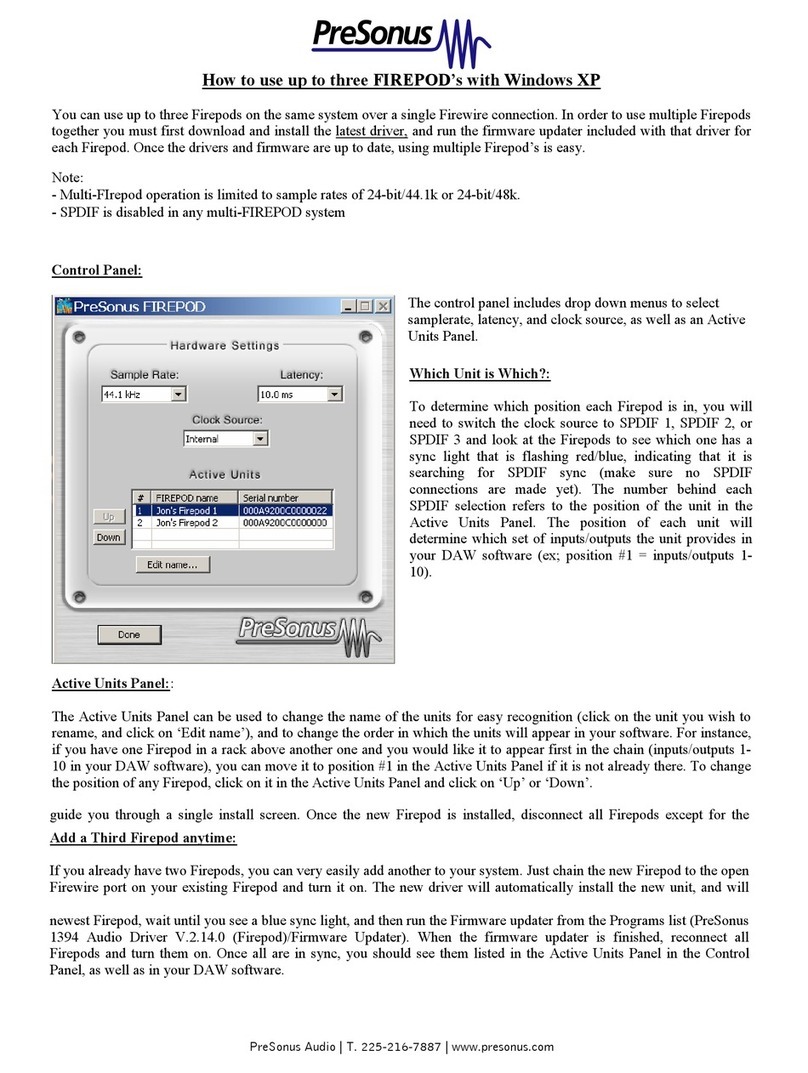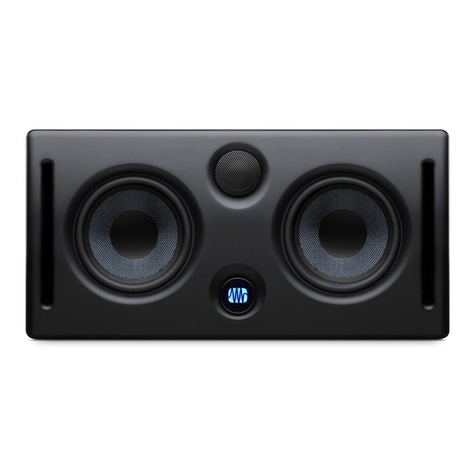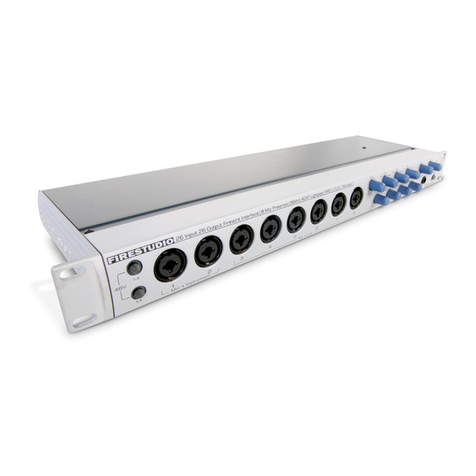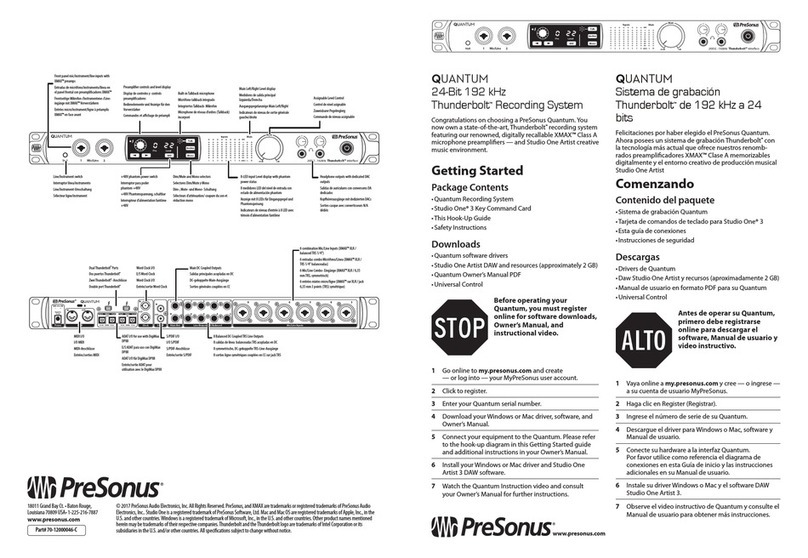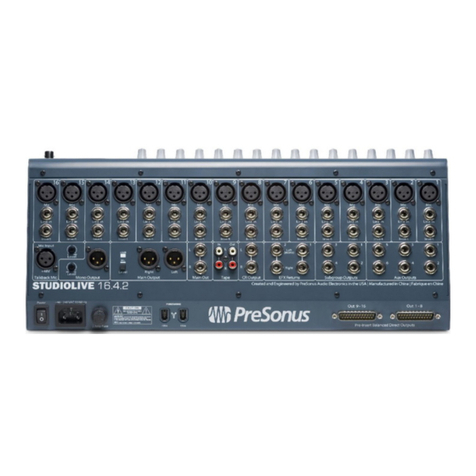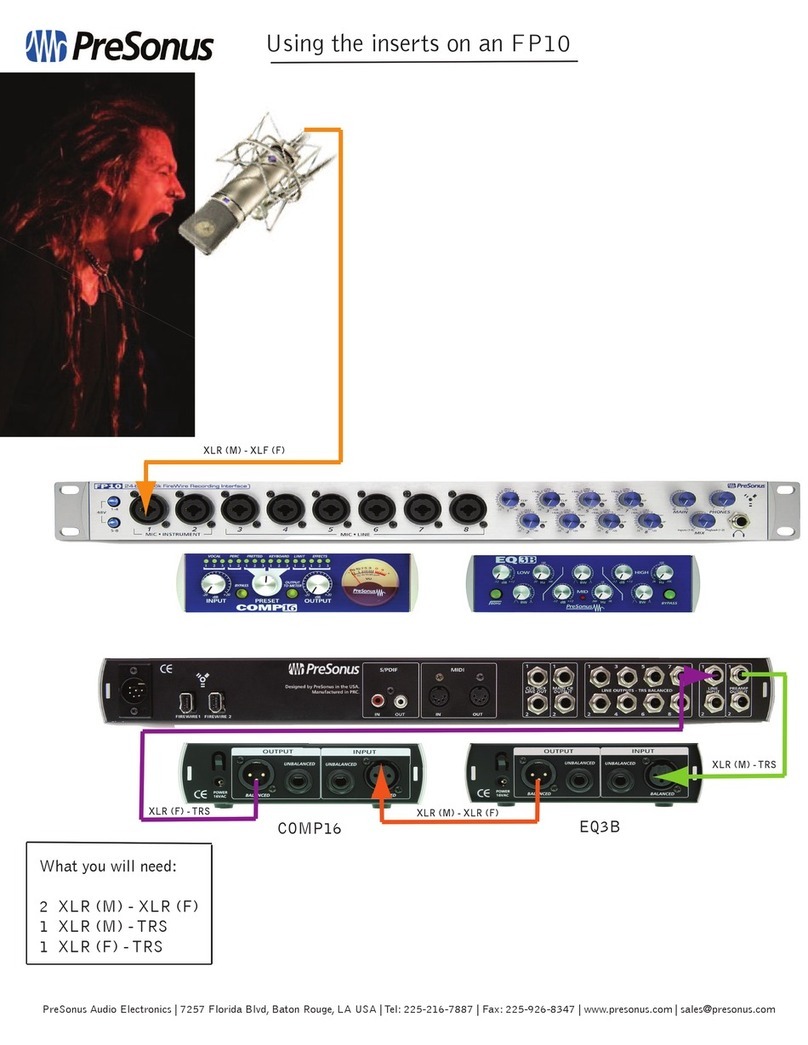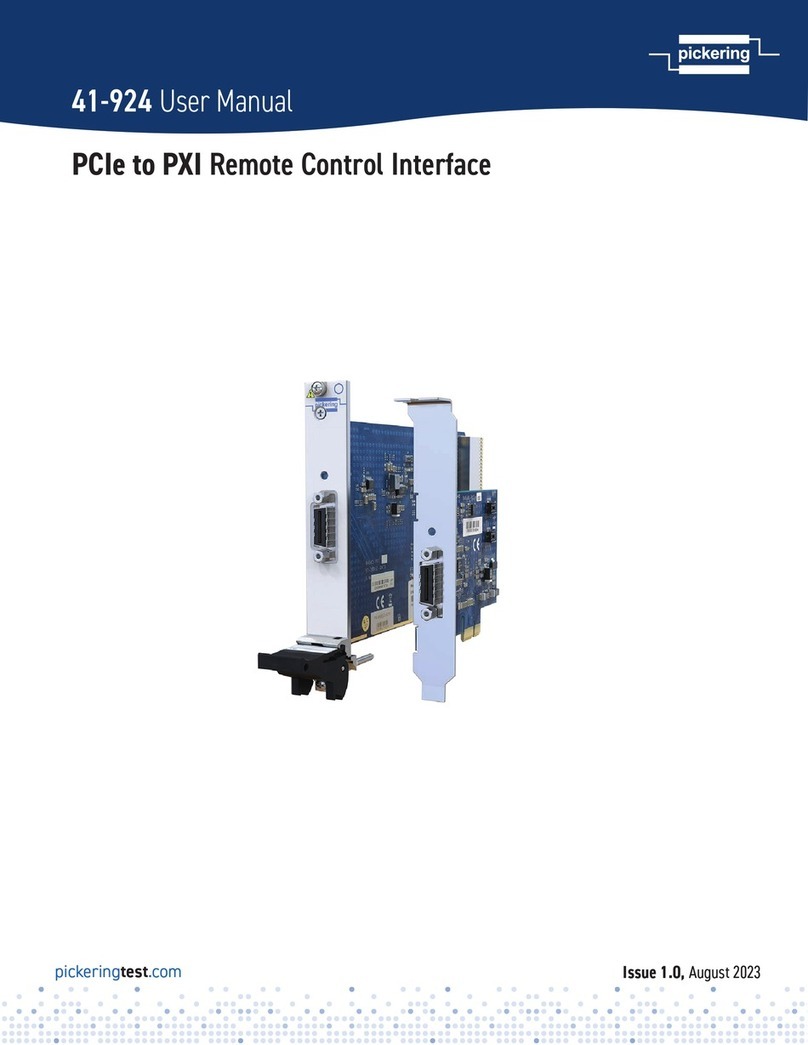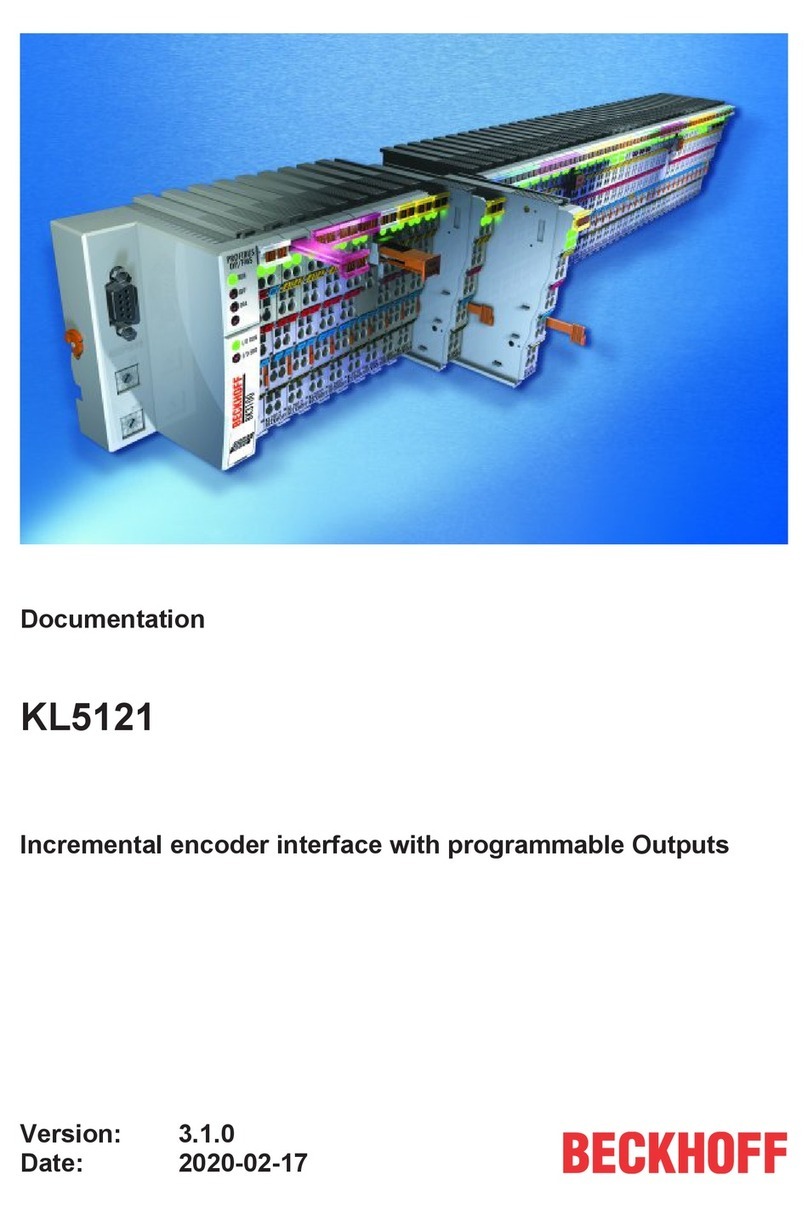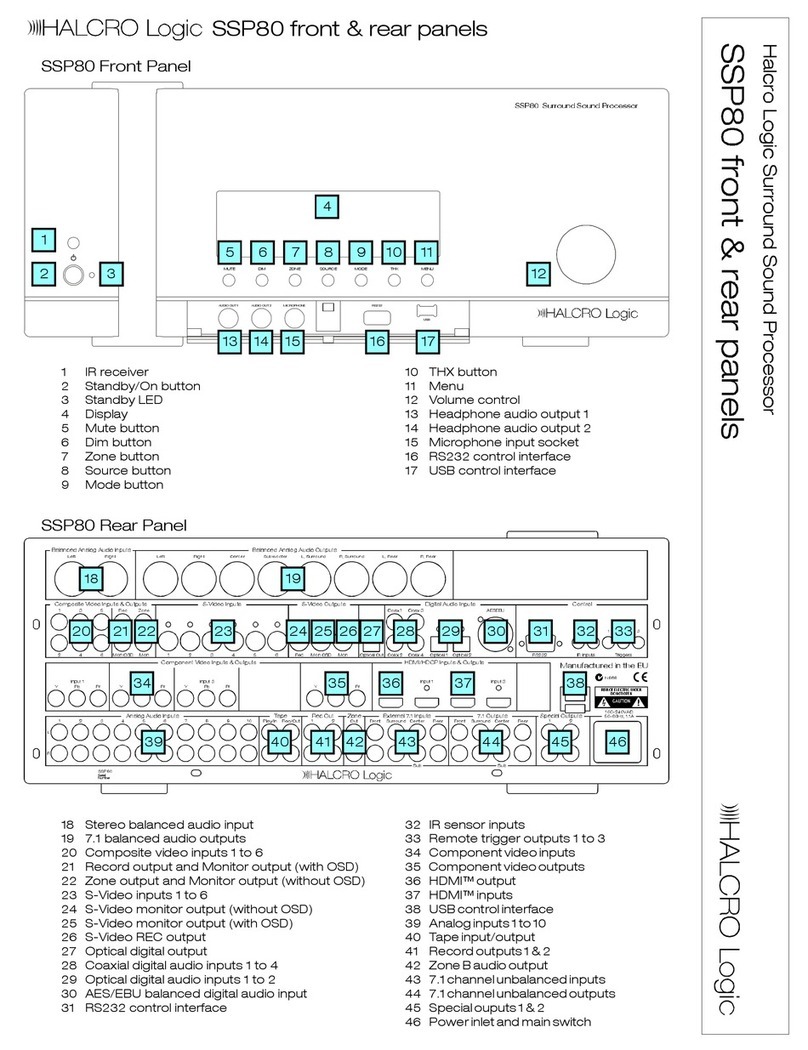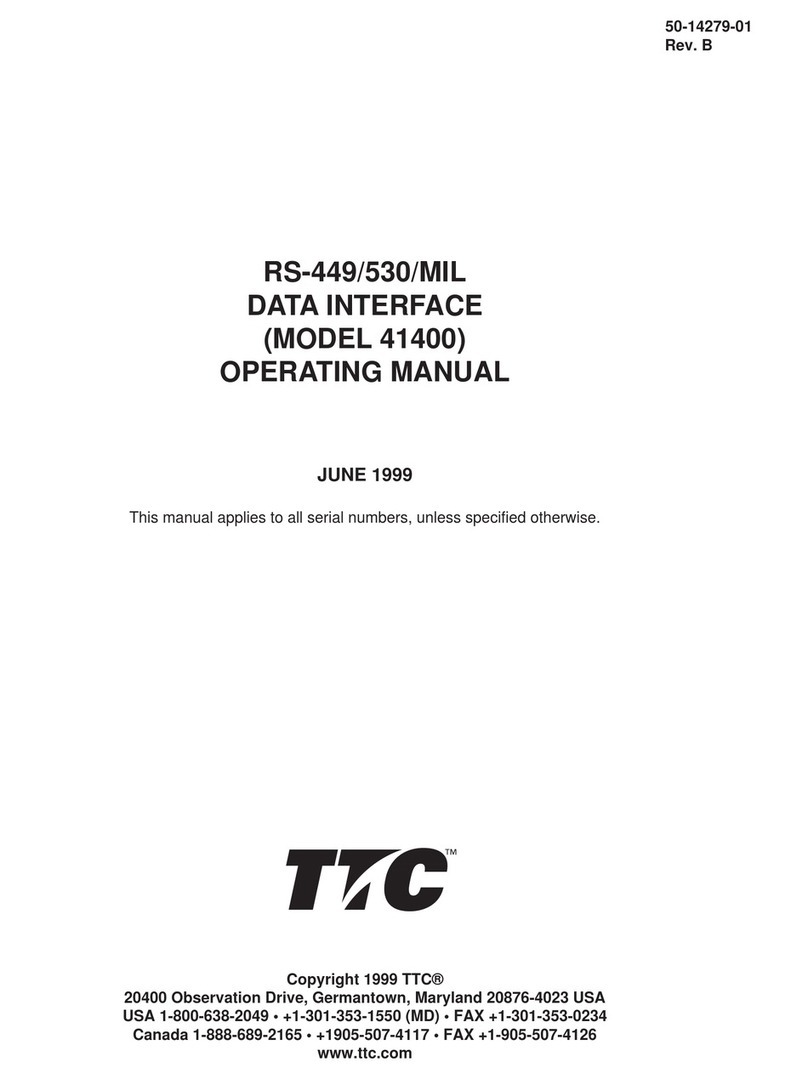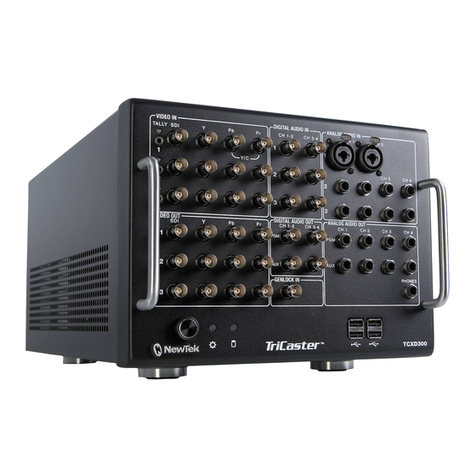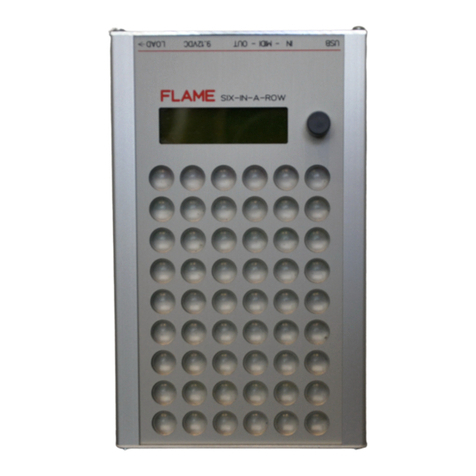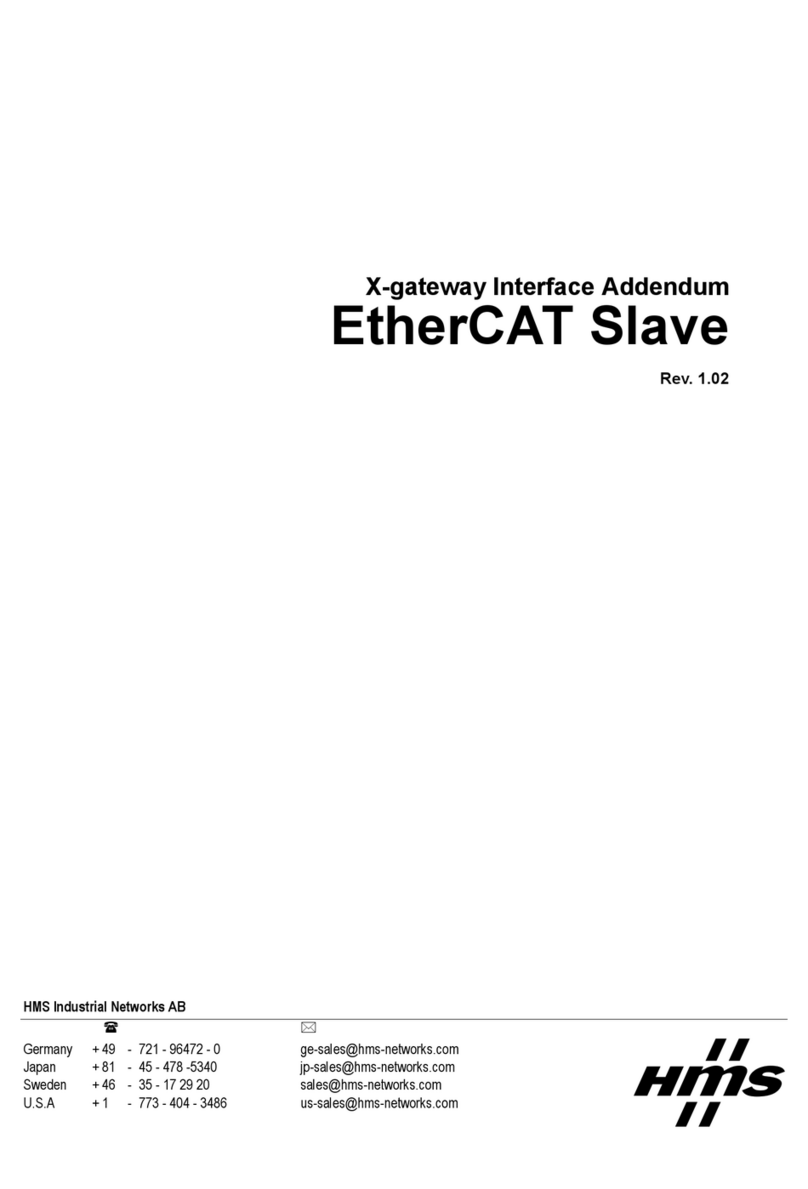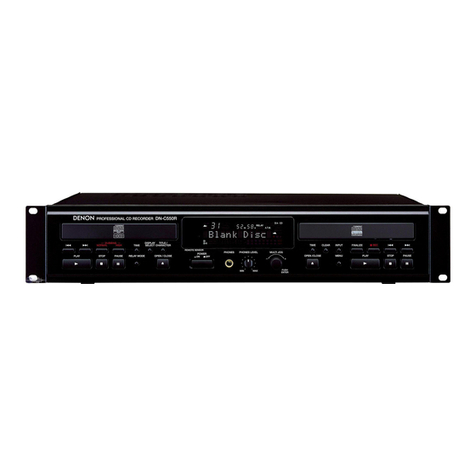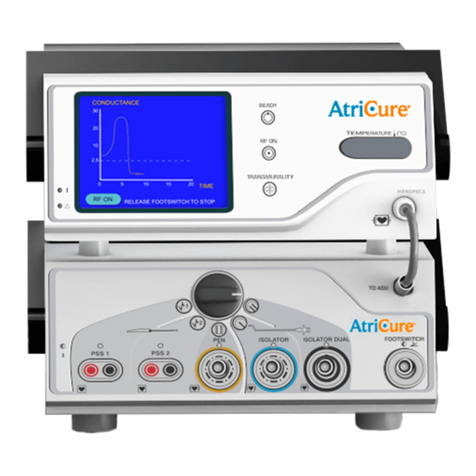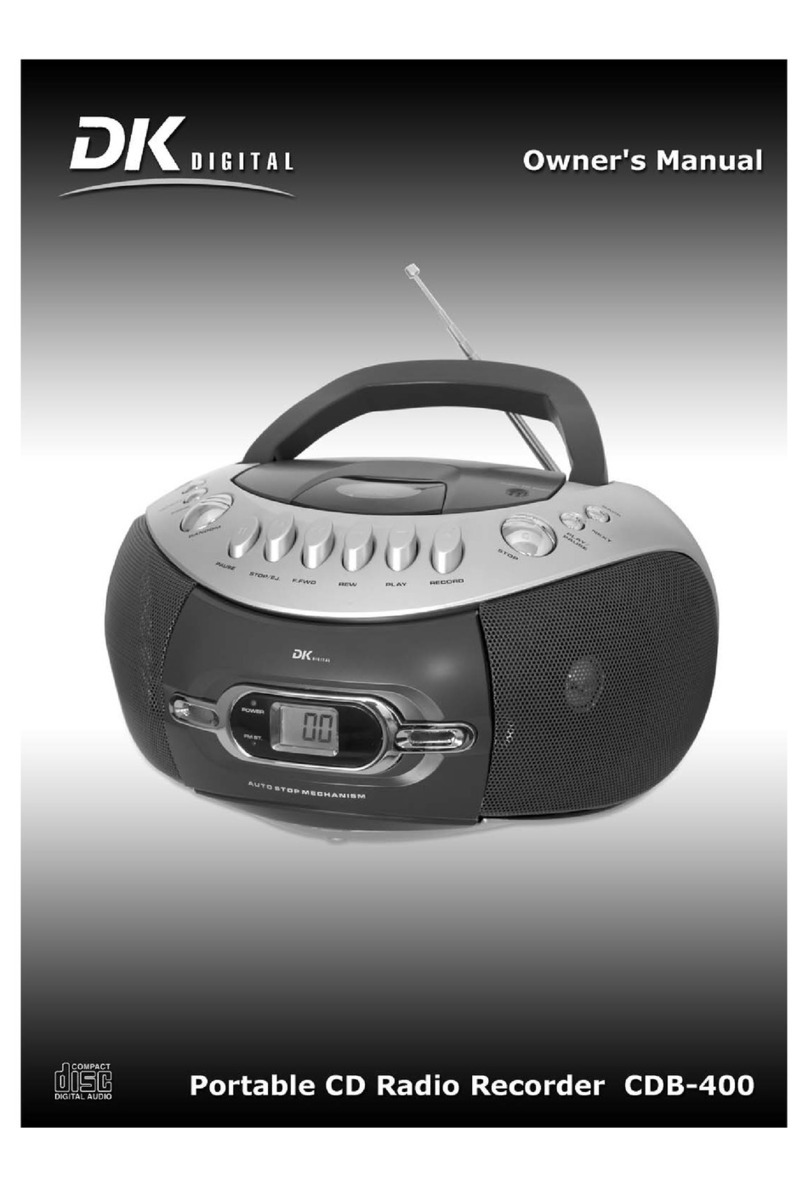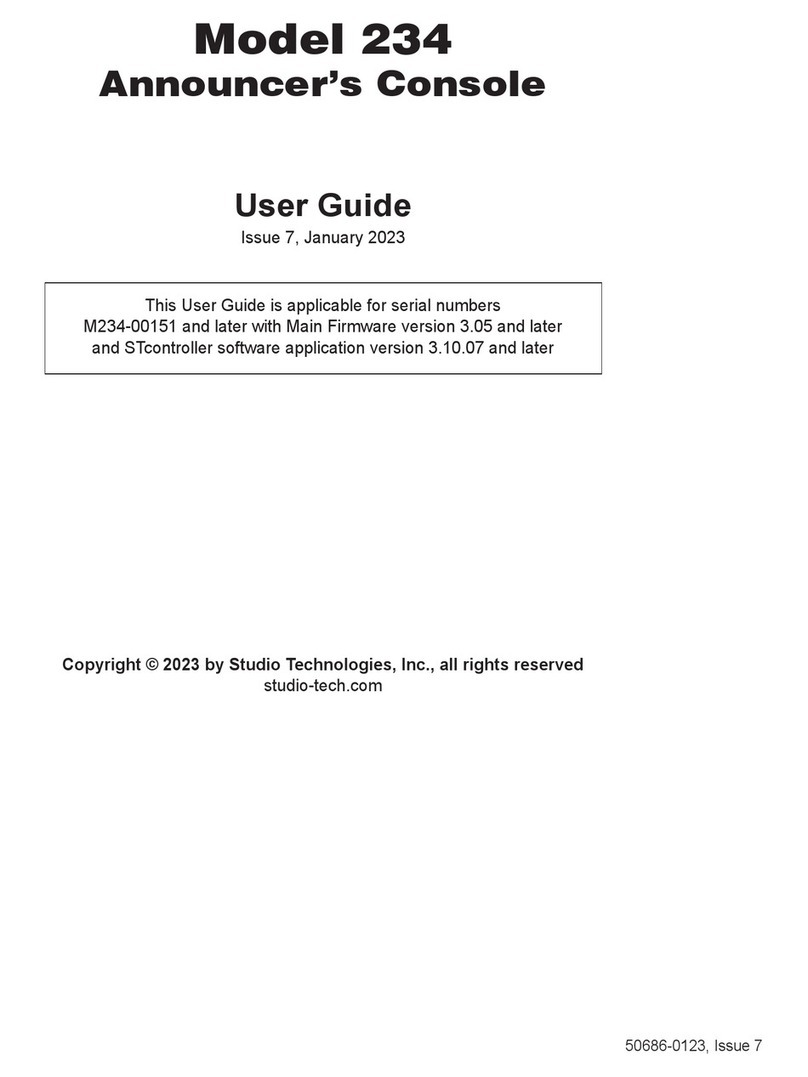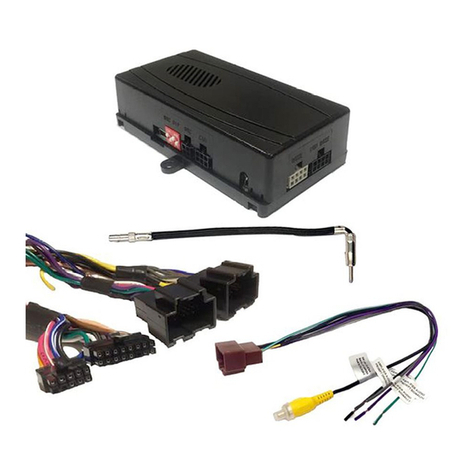
PreSonus Audio Electronics | 7257 Florida Blvd, Baton Rouge, LA 70806
T 225.216.7887 F 225.926.8347 | www.presonus.com
Product Reviews
power and a 20 dB attenuation pad are selectable from plastic push-button switches
that glow green when engaged.
The VXP's compressor portion traces its lineage to PreSonus' popular Blue Max
Smart Compressor. But unlike the Blue Max, which offers 15 presets and a manual
setting that allows for control over conventional parameters (ratio, attack time,
release time, and so on), the VXP's compressor provides only 16 presets: 5 Light, 5
Medium, and 6 Heavy. The presets are maximized for vocal applications, but
according to PreSonus, they are useful in other applications as well. The manual
doesn't disclose the individual presets' exact parameters, but it does give ratio ranges
for the three groupings - Light 1.1:1 to 1.5:1, Medium 1.6:1 to 2:1, and Heavy 2.5:1
to 8:1 - as well as general applications.
The compressor's input and output (make-up) gain controls are located on a
concentric, dual-pot control. By letting the signal level's adjustment be above or
below a preset threshold (determined by the compressor preset), the input-gain knob
functions essentially as a threshold control - a rather important point the manual fails
to mention. Input gain can vary from -12 dB to +18 dB; make-up gain is adjustable
from -20 dB to +20 dB. A backlit In/Out switch (bypass) allows for A/B comparison
of compressed and uncompressed signals. An eight-segment meter with green LEDs
indicates gain reduction at -1, -2, -3, -4, -6, -9, -12, and -18 dB.
A downward expander - designed for smooth, tapered fades of background noise - is
simple but surprisingly effective with just two controls on one concentric shaft. The
outer threshold ring adjusts the signal level at which the expander starts to work,
covering the entire dynamic range of most audio between its extremes of "off" (-70
dBu) and maximum of +20 dB. PreSonus thoughtfully gave the expander a ratio
control, which allows continuous manipulation of gated signals' gain reduction, from a
subtle 1:1 setting to the complete muting offered by an infinity:1 ratio. LED
metering is provided at four gain-reduction points: -3, -6, -12, and -24 dB.
A dual-function concentric knob also controls the de-esser. The inner shaft selects
frequency (continuously variable from 800 Hz to 8 kHz) and is targeted at prominent
or overly sibilant esses common in many vocal recordings. The de-esser's threshold
setting (-40 dB to +20 dB or "off") reduces gain only at the offending frequency and
typically passes bass and midrange frequencies untouched so that the de-essed signal
loses its sizzle but not its strength. A four-section meter - with green LEDs at -1, -3,
-6, and -12 dB - indicates the module's frequency-specific gain reduction. The de-
esser and expander sections do not provide a bypass, but they can be disabled by
setting their respective threshold controls to the clearly marked "off" positions
(counterclockwise for the expander, clockwise for the de-esser).
The VXP's 4-band equalization is implemented as separate high and low shelving
(fixed frequency at 100 Hz and 12 kHz respectively, -12 to +12 dB gain on both) and









